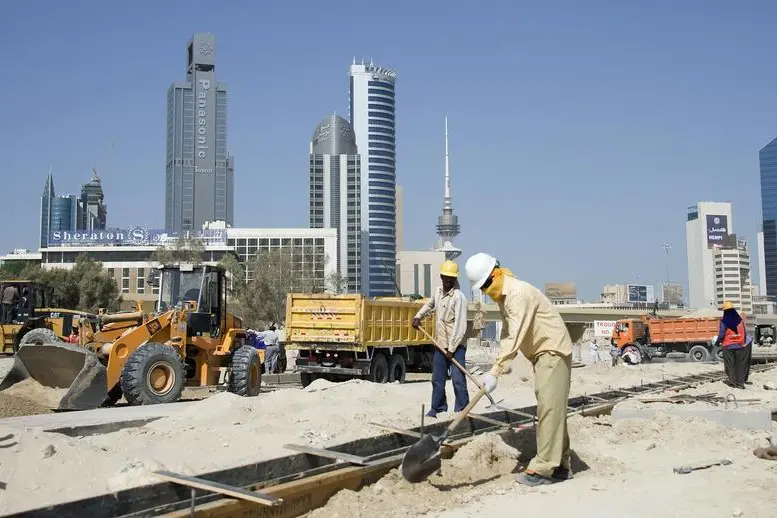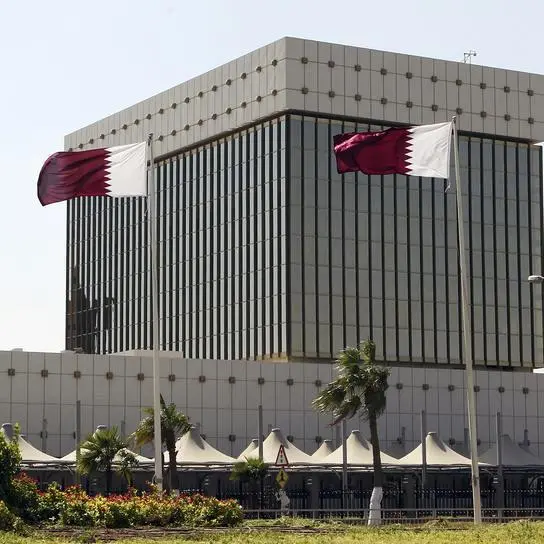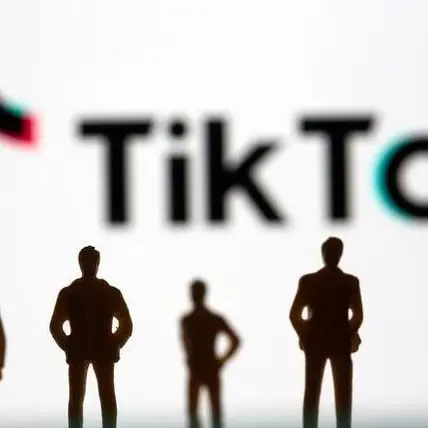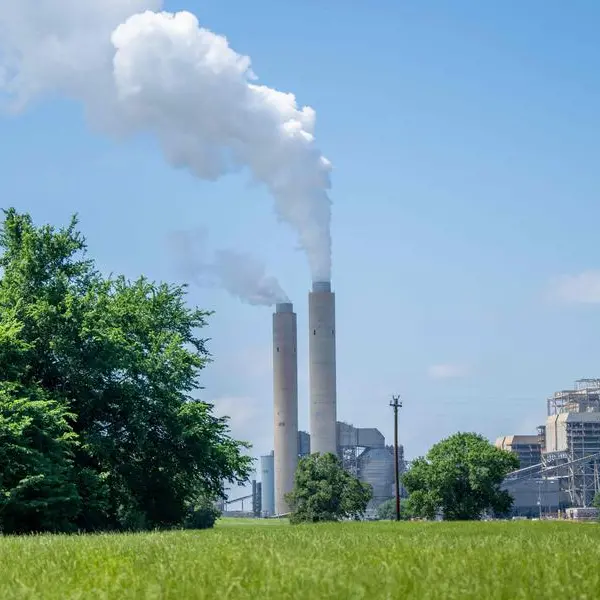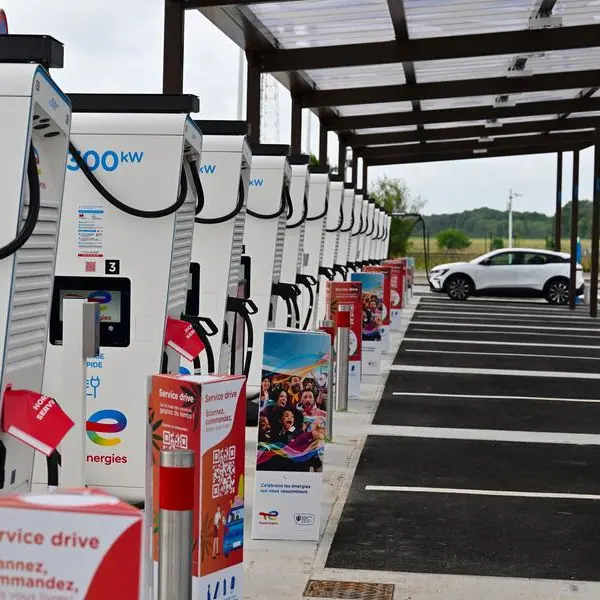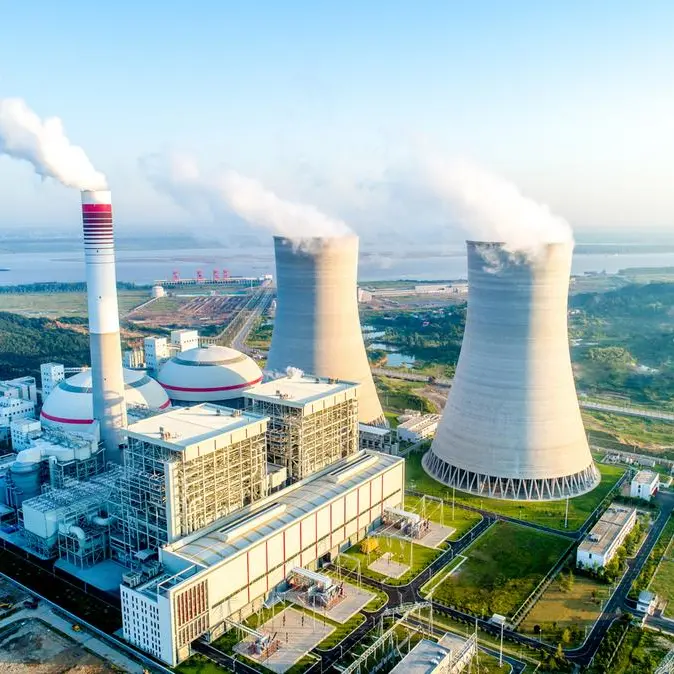PHOTO
Projects drive activity as private consumption slows
KUWAIT CITY, Dec 27
Economic activity has remained quite resilient despite the lower oil prices in 2016 and the vulnerability of the domestic economy. Non-oil growth is expected to hold up well under current conditions, especially in comparison to GCC peers, and it is expected to continue on an improving trajectory. Relatively limited fiscal adjustment and a strong government-led investment program should support non-oil growth at 3.5-4 percent in 2017 and 2018.
Still, not all sectors are expected to be doing well in Kuwait in the coming two years. Indeed, household spending appears to have slowed more quickly than anticipated. Consumer confidence appears to have taken a hit following the recent hike in fuel prices. Further subsidy cuts, this time in electricity and water tariffs, are expected next year. As a result, consumers have tempered spending growth significantly in 2016. We expect something similar in 2017 before things begin to improve again in 2018.
Nonetheless, the fiscal deficit is expected to narrow in 2017 as the price of oil gradually improves and the government implements some fiscal reform. We see Brent averaging around $55 a barrel in 2017 and $60 in 2018. As a result, Kuwait’s budget deficit will narrow to around 8-9 percent of GDP. Nonetheless, the risk of weaker oil prices is a downside risk for the outlook. While unlikely in our view, weaker prices would put added pressure on the fiscal and external positions and could force the government to cut spending further, possibly at some point reducing or delaying capital spending plans.
Non-oil activity
Overall GDP growth accelerated to 1.8 percent in 2015 from 0.5 percent in 2014, boosted by record high investment. While the figures show non-oil GDP growth slowing to 1.3 percent in 2015, we think growth will likely be revised higher when final figures are published. Data also show domestic demand growth improving in 2015, with stronger investment growth making up for some weakness in government and private consumption.
We estimate that non-oil GDP growth remained robust at 3.5 percent in 2016 and expect it to improve slightly towards 4 percent in 2017 and 2018. The pace of growth is seen improving, supported by the faster pace of execution of the government’s capital projects. Preliminary figures indicate that aggregate investment received a strong boost in 2015. Also, project awards remained relatively strong in 2016, indicating the investment boost is likely to persist into 2017 and 2018.
Private credit growth has reflected the improvement in economic activity, having accelerated to 7.2 percent year-on-year (y/y) through September 2016. Credit growth has been particularly strong in the “productive” business sectors. There, lending excluding personal facilities, financial companies and the real estate sector grew 13.6 percent y/y, compared to growth of 6.4 percent y/y the year before. Total credit is likely to end 2016 with average growth of around 7.2 percent, up from 6 percent in 2015.
Overall GDP growth will likely slip slightly in 2017 to 1.8 percent in 2016 before improving again in 2017 to 2.7 percent. The weaker growth in 2016 is largely due to flat real GDP in the oil sector which is expected to be impacted by Kuwait’s adherence to the recent OPEC decision to cut production; for Kuwait, that could imply a cut of around 4.5 percent initially, though we are unlikely to see that cut sustained through the year. In 2018, we expect growth in the oil sector to resume to around 1.5 percent.
Capital spending
The outlook for economic growth is driven largely by an improving pace of implementation of government-led infrastructure projects. The government’s development plan targets investment of KD 34 billion through 2020 and includes significant private investment. Among the projects are a number being implemented as public-private partnership projects (PPP), including the Al-Zour North and Khairan integrated power generation and water desalination projects.
A clear pickup in the pace of project implementation has been visible since 2013. In 2014, more than KD 7.5 billion in projects was awarded with another KD 12 billion signed in 2015. Project awards in 2016 have kept up the pace, with KD 3.6 billion awarded through September 2016. Recent awards included the new airport terminal, which hopes to more than triple capacity by 2022, at an estimated cost of KD 1.3 billion.
The national accounts data have reflected the improvement in project implementation, with investment seeing a strong boost in 2015. Aggregate investment spending grew by 13 percent during the year, rising to 36 percent of non-oil GDP, a level that has not been recorded for over 20 years. We expect that level to improve still further towards 38 percent of GDP by 2018.
Consumer sector
The consumer, or household, sector has long been a robust and reliable source of growth in Kuwait. This began to change in 2015 and 2016, following the persistent decline in oil prices when households took a more cautious view of things. While the sector continues to be supported by steady growth in employment and salaries, particularly in the government sector and among Kuwaiti households, it has exhibited clear signs of softness.
Weaker sentiment has been a key factor in this change. The Ara Research & Consultancy consumer confidence index, which had been retreating consistently over the last year, fell notably in August just as the government announced plans to hike fuel prices and has remained depressed since. The index average for 2016 through November was down by 8.9 percent y/y compared to the same period in 2015.
At the same time, card spending data has also been weak; total point-of-sale spending contracted by 0.7 percent in 3Q16. Until just recently, growth was in the double-digits. Household debt growth has also slowed in recent months, slipping to 7.2 percent y/y at the end of September 2016, down from over 12 percent growth a year ago.
Real estate
Activity in the real estate market has been relatively weak. Sales during the 12 months through November 2016 were off by 27 percent y/y. Most of the weakness was in the residential and investment sectors, with both seeing 12-month trailing sales down by 32 percent y/y. Commercial activity, which had seen sales down in 2015, has done better in 2016. Sales in that sector were up by 5 percent y/y.
The cooler real estate market has coincided with the decline in the price of oil and may reflect a more cautious investor. It has also coincided with a concerted effort by the government, since 2014, to increase the distribution of subsidized housing plots and built homes. The government nearly tripled its annual housing distributions to over 15,000 units in 2015 from around 5,000 the year before. In 2016, it plans to distribute more than 12,000. Expectations of an imminent increase in supply in the market may have helped cool market activity.
The drop in sales activity has helped precipitate an orderly correction in real estate prices. The sectoral price indices developed by NBK indicate that price growth has turned negative in the investment buildings and residential sectors. Prices were down by 9.5-12.6 percent y/y in November 2016 in the various sectors.
Inflation
Inflation eased initially during most of 2016, as most sectors saw inflationary pressures diminish. However, the fuel price hike in September pushed inflation higher. Headline inflation rose to 3.6 percent y/y in October 2016. Services excluding housing have been a main source of reduced inflationary pressures, with inflation in this segment declining to 1.6 percent y/y in October 2016, compared to 4 percent the prior year. Meanwhile, housing services inflation has been easing, as housing rents finally lose steam. Average inflation is likely to remain steady at around 3.4 percent in 2016 before it accelerates to 4 percent in 2017, on further hikes in energy and water subsidies. In 2018, we expect inflation to ease its way back to around 3 percent.
Fiscal deficits
Government finances are expected to remain in deficit in the medium term, with the price of oil staying around $55-60 per barrel. A deficit of 18 percent of GDP is expected in FY16/17, after the mandatory allocation to the Future Generations Fund (FGF). The deficit is likely to narrow to around 9 percent of GDP in FY17/18 and to 8 percent in FY18/19 as oil prices improve and further fiscal reforms begin to take effect.
With Kuwait’s massive sovereign wealth fund and low debt level, Kuwait is expected to weather lower oil prices relatively well without having to make large cuts in spending. Nonetheless, the government is taking steps towards fiscal adjustment. In March 2016, the government proposed a number of fiscal reforms. The package included cuts in energy and water subsidies, and the introduction of a corporate income tax and a value added tax (VAT). In April 2016, the National Assembly (NA) approved increases in electricity tariffs to take effect gradually from May 2017. The cuts could save the budget around KD 500 million, or 1.5 percent of GDP.
In September 2016, the government went ahead with plans to cut fuel subsidies, a move which did not require legislation. Gasoline prices were lifted by 42-62 percent for the various octane grades. The most popular 95 octane fuel, accounting for 80 percent of consumption, will see the price rise to 105 fils, a 62 percent increase. The annual savings to the state will be around KD 160 million, or 0.5 percent of GDP.
The government is also looking to introduce new taxes to boost non-oil revenues, though not before 2019. The government is proposing a 10 percent corporate income tax on local and foreign companies. The new tax is expected to replace several existing levies on corporate earnings in a measure that will broaden the tax base. Authorities are also preparing to introduce a 5 percent VAT in conjunction with other GCC countries. While the VAT measure is aimed for 2018, we expect it is likely to be delayed at least into 2019. Both measures will require legislation.
Kuwait’s deficits remain relatively manageable given the state’s substantial overseas financial assets and ample capacity to borrow. Kuwait’s sovereign wealth fund assets are estimated to be near 450 percent of GDP. While the bulk of the assets are in the Future Generations Fund (FGF) and cannot easily be tapped, the General Reserve Fund (GRF), whose holdings are mostly liquid are available to finance the deficit; holdings in the GRF are thought to be around KD 25-30 billion.
Bond issuance
Despite Kuwait’s substantial sovereign wealth fund assets, the government has chosen to rely on debt issuance to finance part of the deficit in FY16/17. We estimate the government will need to finance around KD 6.1 billion in FY16/17 after the mandatory payment into the FGF. Another KD 3.5 billion will be required in each of 2017 and 2018. The government has indicated it will issue around KD 5 billion in domestic and international debt in FY16/17. Issuance is likely to be toned down subsequently, though we think the government might still finance around 50 percent of the deficit through debt in 2017 and 2018.
By the end of November 2016, the MOF issued around KD 1.5 billion in domestic bonds and Islamic paper. The debt level rose to KD 3.1 billion or an estimated 9.4 percent of GDP. The issued debt varied in maturities between one and seven years and included a few first-time issuances of floating rate notes.
There are also preparations to tap the international debt market. The MOF has stated it plans to issue up to $10 billion (KD 3 billion) in foreign currency debt in FY16/17. Such a step will allow Kuwait to capitalize on its solid credit rating (Moody’s: Aa2, S&P: AA, Fitch: AA) and low international rates. An international bond issue is now expected to happen sometime in 1Q17.
Liquidity
International debt issuance will also help relieve the pressure on domestic liquidity. With the government running a deficit and the current account seeing its surplus narrow considerably, system liquidity has come under some pressure. Money supply (M2) growth slowed to 2.6 percent y/y in September 2016, down from double-digit growth before 2014. Still, liquidity levels remain relatively healthy. Money supply (M2) to non-oil GDP is estimated at 137 percent in September.
Domestic interbank rates retreated during most of 2016, as the spread to US Libor tightened considerably. The Central Bank of Kuwait (CBK) hiked the discount rate by 25 basis points (bps) in December 2016 to 2.50 percent, immediately following a similar rate hike by the US Federal Reserve. The 3-month interbank rate rose 10 bps to 1.44 percent after the rate hike, but remained well below recent highs reached in March 2016.
Kuwait dinar
The Kuwaiti dinar (KD) saw another year of strengthening in 2016, on the back of US dollar strength following the 2016 US elections. The dinar index, which reflects the trade-weighted value of the currency, rose by 3 percent year-to-date (ytd) through 18 December, after having registered gains of 2.9 percent and 2.8 percent in 2014 and 2015, respectively. The dinar, which is pegged to a basket of major currencies with the US dollar having the largest weight, declined by 0.8 percent against the US currency ytd.
Stocks
Kuwaiti equities, which have typically lagged the region, outperformed during the last few months of 2016. The long-awaited catalyst was the acquisition of Americana by a UAE-based investor, a deal finalized in October 2016. Following declines during most of 2016, the Boursa Kuwait value-weighted index (IXW) gained 7.5 percent during 4Q16 through Dec 18, 2016, though it remained down by 0.9 percent ytd. The MSCI total return index was up 5 percent ytd, reflecting the larger gains made by blue chips stocks.
© Arab Times 2016
